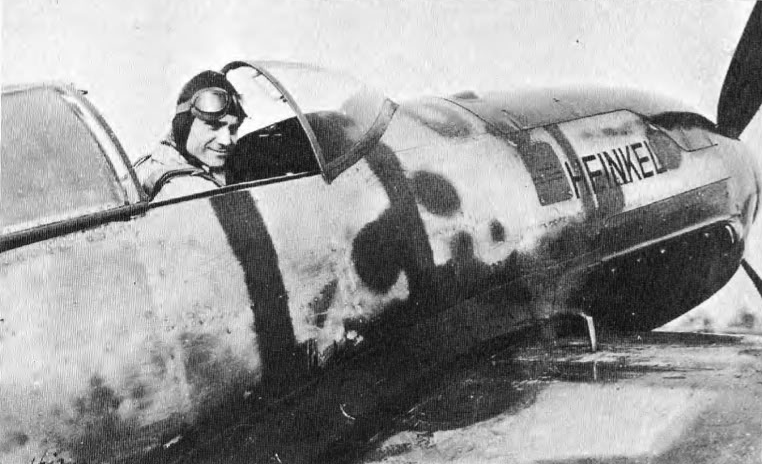

FLIGHT described the record flight in its 20 April 1939 edition:
The F.A.I. regulations stipulate that for speed record purposes the flight must be made over a course 3 km. (1.86 miles) long. This is the distance over which the machine is timed, and while traversing it the aircraft must not exceed a height of 75 m. (264ft.). Before entering the 3,000 m. course the machine must pass through an approach 500 m. (1,640ft.) long, on which also the height must not exceed 75 m. The timing is done in two flights in each direction and the average speed of the four runs taken.
While turning at the end of of each run the pilot may fly as wide as he likes, i.e., any radius of turn may be used, but the machine must not at any time during the turn exceed a height of 400 m. (1,312ft.) Other aircraft flying at exactly 400 m. are used for checking that this stipulation is observed.
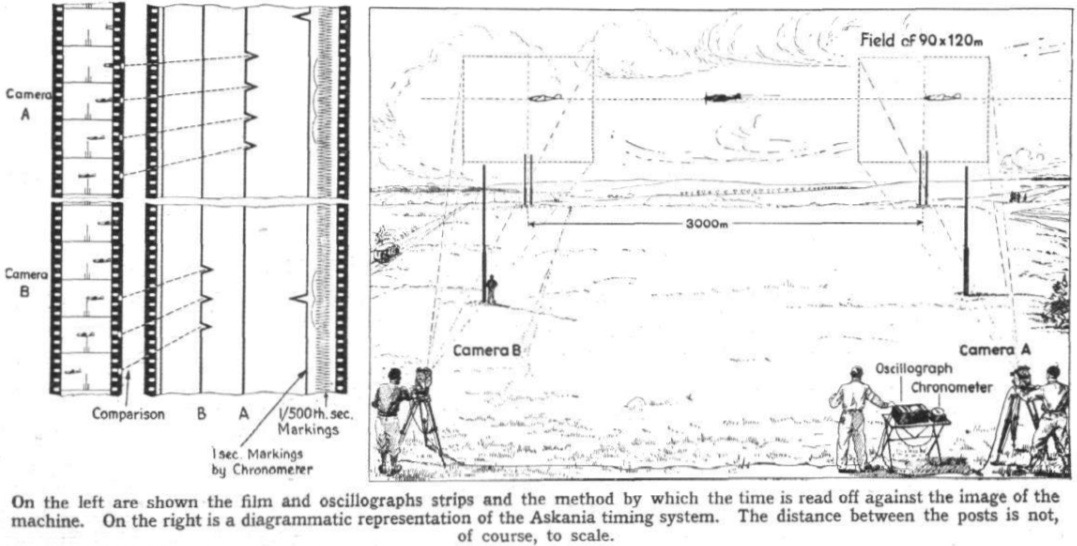
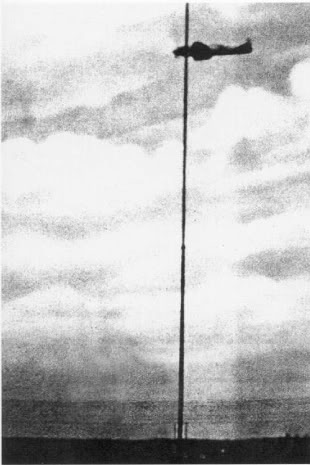
On the day of the record flight the preparations were completed at 5.15 p.m. and the aeroplanes carrying the official observers went up. Dieterle took off at 5.23 p.m. After completing his two runs in each direction he made a perfect landing 14 minutes after the start. Although the official speed of the runs could obviously not have been known to him, he must have been certain that he had beaten the record, for on leaving the machine he turned three handsprings in the exuberance of his youth (he is only 24). When the speeds had been worked out it was found that the average was 746.66 km./h (463.953 m.p.h.) The machine took only 14.464 sec. to cover the timed section.
Field Marshal Göring immediately promoted Herr Dieterle to Flight Captain: he is the youngest pilot to hold that rank in the German Luftwaffe.
—FLIGHT The Aircraft Engineer, No. 1582. Vol. XXXV., Thursday, 20 April 1939, at Pages 395–396.
Dieterle’s officially-recognized World Record for Speed is 746.60 kilometers per hour (463.91 miles per hour). This exceeded the previous record which had been set by Dr.-Ing. Hermann Wurster on 11 November 1937,² flying a prototype Messerschmitt Bf 113R (Bf 109 V13), D-IPKY, by 135.65 kilometers per hour (84.29 miles per hour).
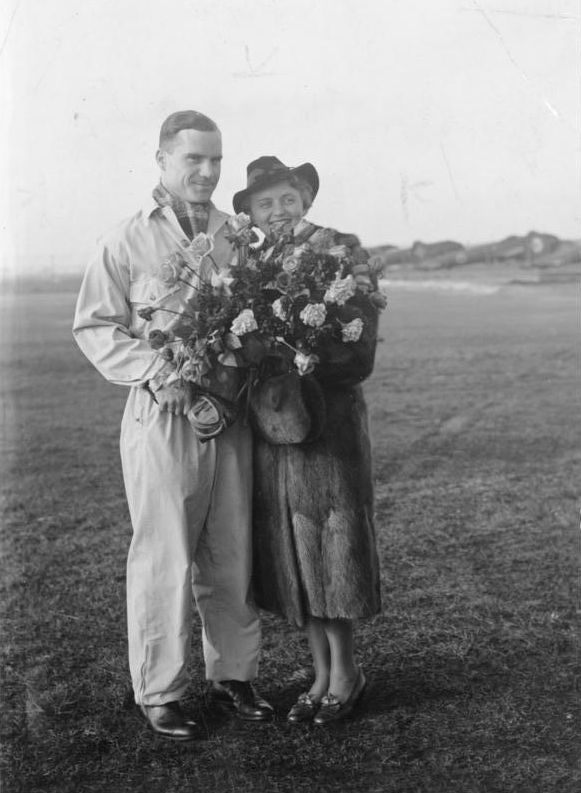
Dieterle’s new record would last less than one month, however. On 26 April 1939, Fritz Wendel flew another Messerschmitt prototype, Me 209 V1 (D-INJR) to 755.14 kilometers per hour (469.22 miles per hour).³
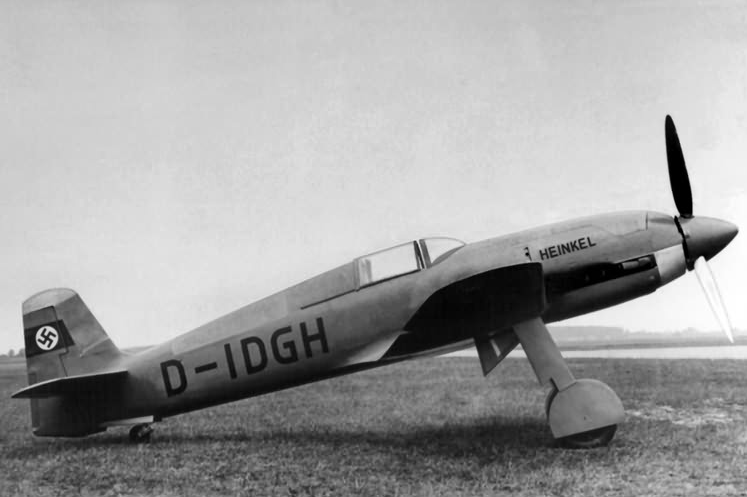
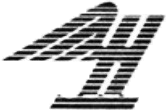
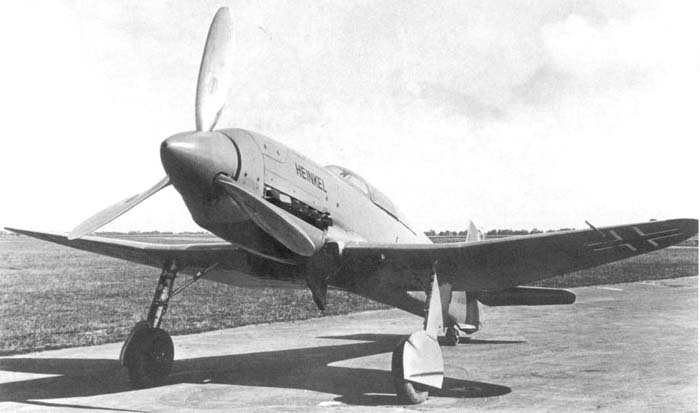
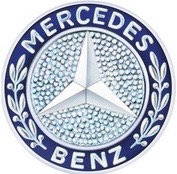
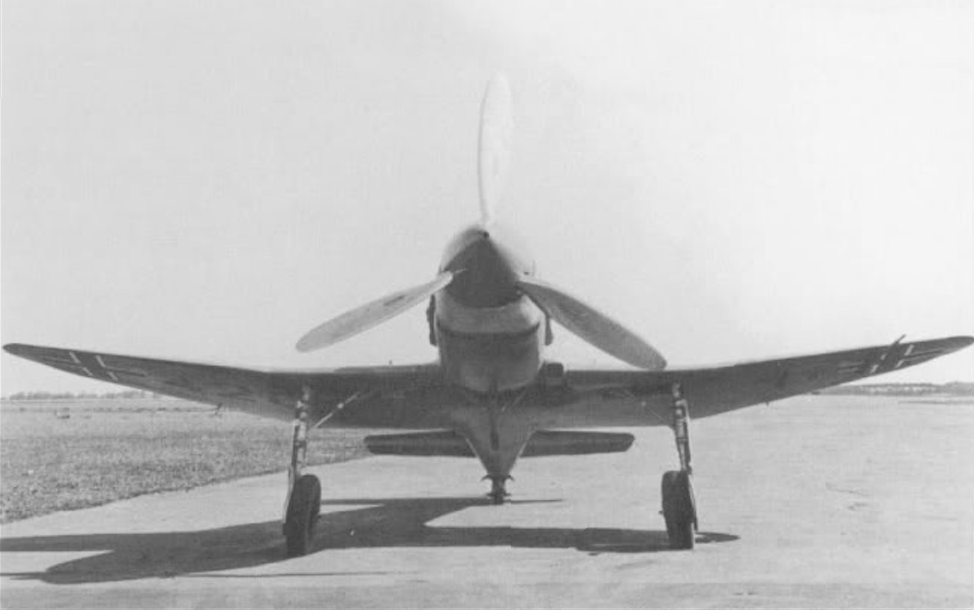
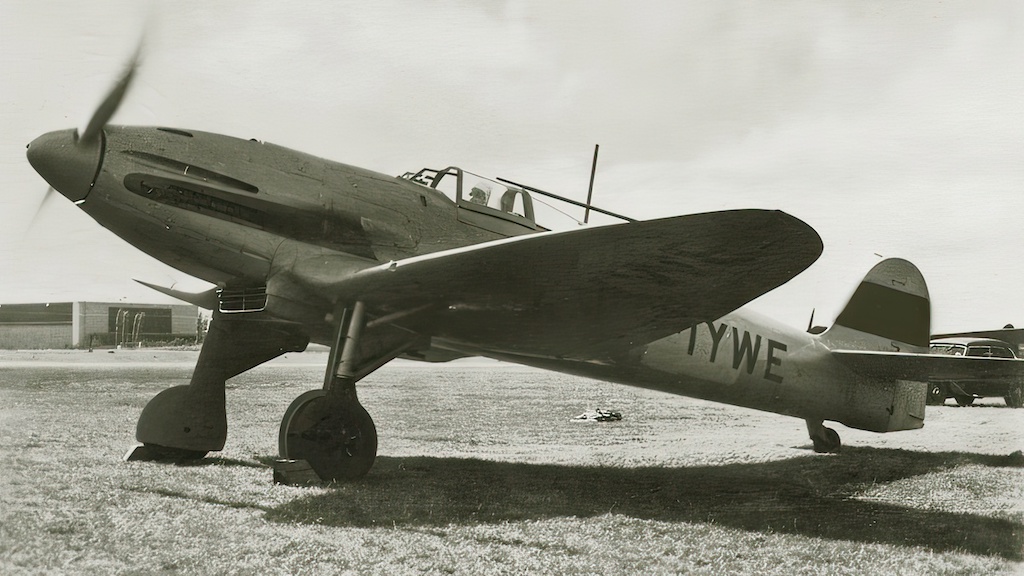
The modified DB 601A engine installed in D-IDGH used methyl alcohol injection and produced 1,800 horsepower at 3,000 r.p.m., although its service life was just 30 minutes. It drove a three-bladed Vereinigte Deutsche Metallwerke (V.D.M.) electrically-controlled, variable-pitch propeller through a 14:9 gear reduction.
He 100 V8 was painted overall gray and carried its civil registration as well as Balkenkreuz markings with identification 42C+11. It was later painted dark blue with gray undersides and Luftwaffe markings. D-IDGH was displayed at the Deutsches Museum, Munich, Germany.
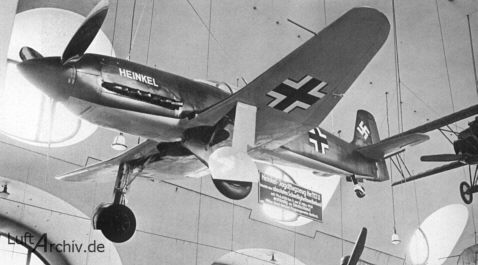
The Heinkel He 100 was a single-place, single-engine fighter which was produced in very small numbers. It was a more complex aircraft than the Messerschmitt Bf 109, which was already in production. For example, it used a system of surface-mounted evaporative coolers in the wings, rather than radiators, in an effort to reduce drag.
The production He 100D-1 was 26 feet, 11 inches (8.204 meters) long with a wingspan of 30 feet, 10 inches (9.398 meters) and overall height of 11 feet, 10 inches (3.607 meters). It was armed with one 20 mm autocannon and two 7.92 mm machine guns.
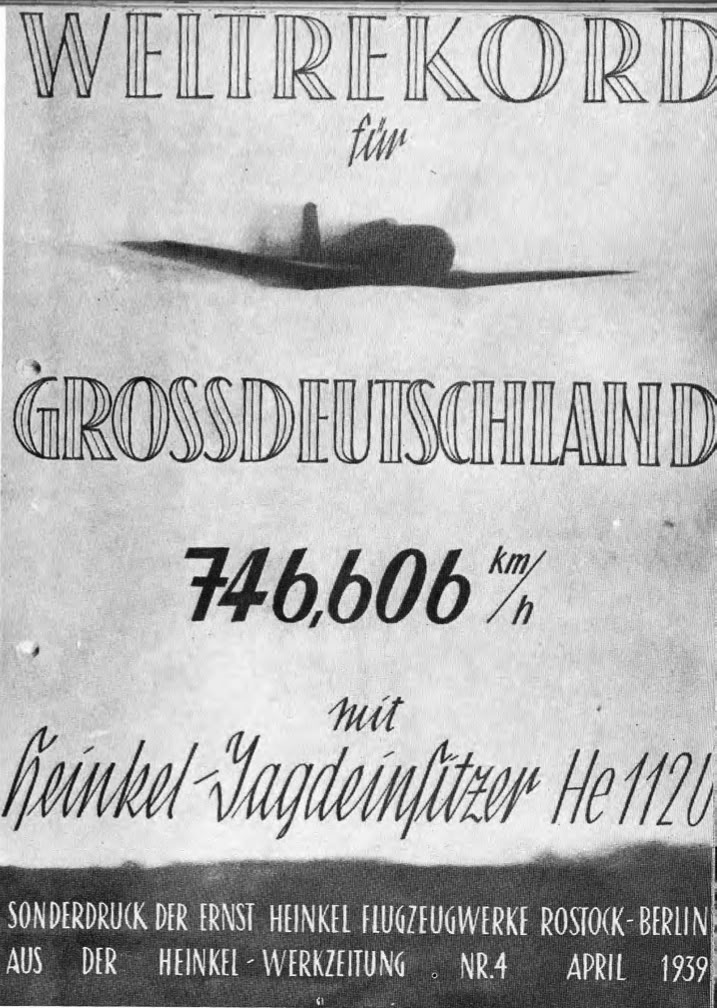
¹ FAI Record File Number 8744
² FAI Record File Number 8747
³ FAI Record File Number 8743
© 2019, Bryan R. Swopes
Thanks for keeping this site up, I visit every workday!
Well, what happened to Hans Deiterle? I mean that was in 1939 when the European phase of WW2 exploded. Usually there is some sort of bio on the featured pilot, I would be interested to know what his fate became.
Thank you. Regrettably, I was unable to find any information on Herr Dieterle. One of the problems in trying to research World War II-era events in Germany and Japan is that so many records and artifacts were destroyed.
Hello Bryan…….. I know you strive for technical accuracy….. please check the following from your notes: ” This exceeded the previous record which had been set by Dr.-Ing. Hermann Wurster on 11 November 1937,² flying a prototype Messerschmitt Bf 113R (Bf 109 V13), D-IPKY, by 135.65 kilometers per hour (84.29 miles per hour). ” This speed seems awfully slow……normally records are broken incrementally, this one, seems to be several magnitudes….
Like the previous post say, I read your notes nearly daily……thanks for keeping them coming.
Thanks, Thomas. 135.65 km/h is the speed by which Dieterle’s record exceeded Wurster’s.
Ahhhhhhhhh …………now it makes sense..
Worth noting that the Heinkel advert for the record breaking event described the plane as the He112U, suggesting that it was a version of the earlier, elliptical winged fighter. Part of the secrecy surrounding the He100 at the time. This subterfuge was continued by using photographs of the small number of production machines, painted in different schemes, describing it as the He113, to indicate that it was in squadron service. That was believed, the “He113” was included in RAF aircraft recognition publications, resulting in a number of fighter pilots reporting that they had seen it in combat, when they had actually been fighting Me109s.